|
Since the COVID-19 pandemic hit our world, people have scrambled to be able to continue meeting, teaching, lecturing, and presenting online. Many online retailers ran out of webcams and video capture cards due to people setting up home-broadcasting situations in their living rooms, bedrooms, basements, closets, garages and anywhere else they could fit a computer and a camera. It's been cool to see how people are accomplishing this and the creativity going into their setups. The image above shows my personal setup for presenting online via Zoom. I'm a podcaster and videographer, so all of this setup was pieced together by gear I'd already purchased, it was simply a matter of arranging it all to work for the Zoom platform. The technical side of this setup is the same for any scenario and doesn't necessarily require the exact gear pictured. When putting together the above setup, I did three things to improve my presentation, and they're things you can do too that'll help your online presentation quality. 1) Upgrade your webcam. Here's the idea - in Zoom, you can choose your camera and your audio source in the Zoom preferences menu. If you have a laptop with a built-in camera, Zoom will default to that camera. This is how many will use Zoom, and the camera quality usually isn't that great and most likely doesn't do so well in low light scenarios.
The Audio Technica ATR2100x USB mic is a great, $100 solution. Audio Technica also makes a $79 USB microphone if you need to stick to a slimmer budget. In the image above, I've used a Rode Podmic XLR microphone connected to the Alesis MultiMix 4 USB interface for my audio source. It's a more expensive setup, but allows more opportunity for external audio sources like music and sound effects, not always used in Zoom presentations but available if needed. 3) Add a brighter light source.
If you search "LED Camera Light" on Amazon.com you'll get many options for budget lights that will no doubt help the sharpness and quality of your image on the screen. Most of these lights are battery-powered, so looking for one with a power adapter would be beneficial so it doesn't turn off in the middle of your presentation if the battery runs low. One more trick of the trade, don't sit with a window behind you. As a matter of fact, if you sit with the window facing you, it'll double as a natural light source if you're presenting in the daytime. With the natural lighting and the LED light pointed toward your face, you're bound to have a great light source to help the video quality of your presentation.
If you have any questions about this setup or any other audio or video topics, don't hesitate to email me at [email protected].
4 Comments
3 person podcast setup with livestream & video recording
SEE THE SETUP IN ACtION!
A friend in Kansas City recently reached to me out about helping him come up with a 3 person podcast set up with the ability to record video and livestream. Luckily, I've worked with multiple livestream and podcasting setups, so I already knew what I'd suggest. It's an easy thing to achieve with the right equipment and proper budget. But those two factors right there are the most important pieces of information to have when considering what to purchase. Budget and purpose.
BUDGET It's super important to consider budget right up front. Most people are looking for cheap and good, but that's not always a reasonable way to approach video and audio gear. In the audio and video world, you really do get what you pay for. I often advise people with small budgets to consider fundraising or saving longer to buy quality gear right out of the gate. You'll often hear "buy this cheapo mic and mixer and just get started!" which is a fair sentiment, but it's not always practical. More often than not, people who take this approach end up upgrading equipment down the road and can't sell the cheapo stuff or get their money back. Think about what you're willing to invest in your project and dreams, and go from there. Then research what gear actually fits your budget. It helps me tremendously when putting together recording packages for people. Usually when I suggest gear without a budget number, people think it's too much. If I'm told a ballpark, I can fit the suggestion within that range and everyone is happy. PURPOSE Once budget is established, the next most important factor in considering what to buy is functionality. What are you trying to accomplish with your setup? Are you a solo podcaster? Are you going to have 2, 3, 4 or more people in person on your show? Will you have people as remote guests through Zoom or Skype? All of these questions help to understand what kind of gear is needed to achieve your goals. When it comes to what kind of gear you need, it always depends on what you're trying to achieve. This situation was calling for recording quality audio with multiple guests and hosts, a video camera to record video at the same time sending a livestream to social media. MY PROPOSED PACKAGE Since my friend would have up to three people in person in his home recording basement studio, I knew right away he'd need a mixer capable of handling multiple XLR inputs for microphones. With the added desire to livestream and record video, I knew the Zoom L8 USB mixer with be a great option. This mixer allows for up to 6 XLR inputs, has multiple headphone jacks so everyone can monitor using a nice pair of budget headphones, record to an on board SD card AND send the main mix into the Canon XA11 video camera. I suggested purchasing three pack of Sennheiser e835 XLR Dyanmic microphones with boom arms and windscreens to help with pops and breath puffs. The feed from the board goes to the camera and the HDMI signal runs to the AV.IO HD HDMI encoder. Using a program called OBS (Open Broadcasting Software) on his Mac laptop, he'll be able to send the video and audio from the mixer to a livestream where OBS can send feeds. I believe he'll be streaming to Facebook LIVE. Viola! Podcasting and streaming setup for around $2,700. He'll be up and running in no time. |
Archives
August 2022
Categories
All
|






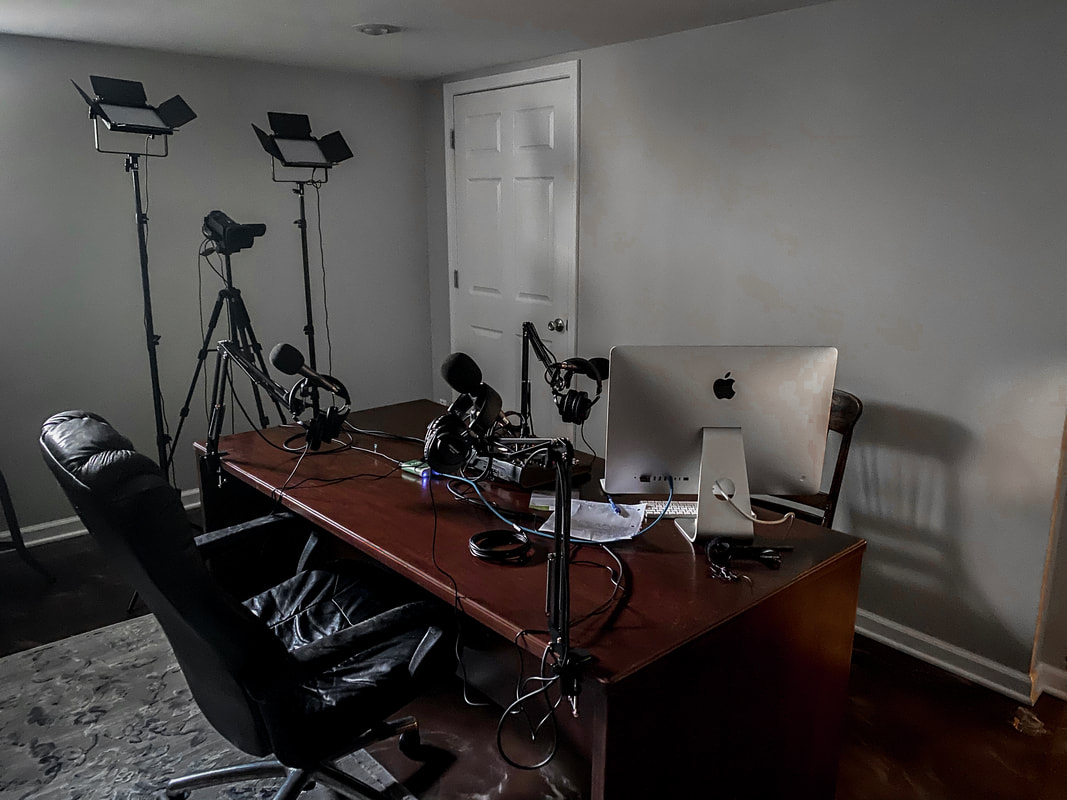



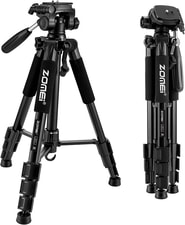
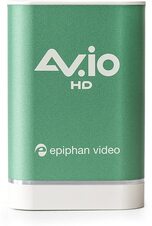

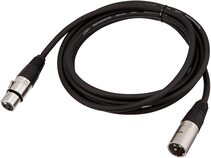

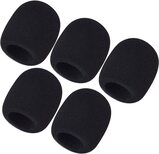

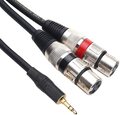

 RSS Feed
RSS Feed